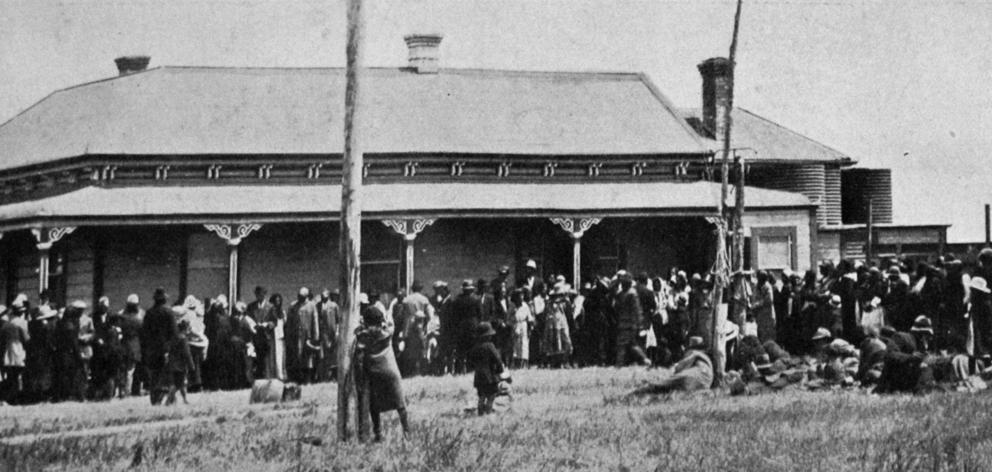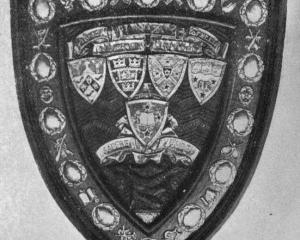
Certain it is that for months past there has been a long, long trail of sick and suffering Maori humanity to Ratana where the “miracle man” resides. And while many have only been able to crawl in with the aid of sticks, crutches, etc, they have gone away walking sprucely, without artificial assistance, and singing the praises of the instrument through whom the alleged wonderful works have been performed. During the past week the incomings of healthy as well as invalid Maoris have been phenomenal, over 5000 having assembled to spend Christmas Day at Ratana and to participate in the opening of a new interdenominational church, which Tahu Wiremu Ratana has built of his own accord and mostly with his own money. The assemblage was probably the most interesting and largest of any Maori gatherings along this Coast for years.
Fireworks deprecated
We are entirely in accord with the correspondents who express their indignation at the manner in which the use of fireworks was abused in the city on Christmas Eve. The practice of throwing bombs about the streets would not be tolerated at any ordinary time, and why should it be permitted at an extraordinary time, when the streets are densely thronged, and it therefore constitutes a particular source of danger, is a mystery. It is a practice that cannot be too strongly condemned, and it was responsible for what was undoubtedly a blot upon the observance of Christmas Eve in our city, and for interference with the enjoyment of thousands of persons, old and young.
Bush conservation urged
Referring to the destruction of a patch of native bush, the subject of a case before him, the Chief Justice (Sir Robert Stout) said that over 35 years ago he had made a speech warning people against the indiscriminate destruction of bush, and the need for providing for the future by planting. Kahikatea was then considered of little value. It was not required for butter boxes and similar purposes and was sold for 3s 6d or 4s per 100 feet. Today, as had been stated in court, it was selling in Auckland at 30s. The product of four trees mentioned in the case before the court would now realise over £400, which showed them the value of the timber, and millions of feet of it were being wasted. The country was burning down the bush and making no provision for the future. There had been no care at all in dealing with the matter, with the result that timber was now being imported from Australia. — ODT, 28.12.2020.












